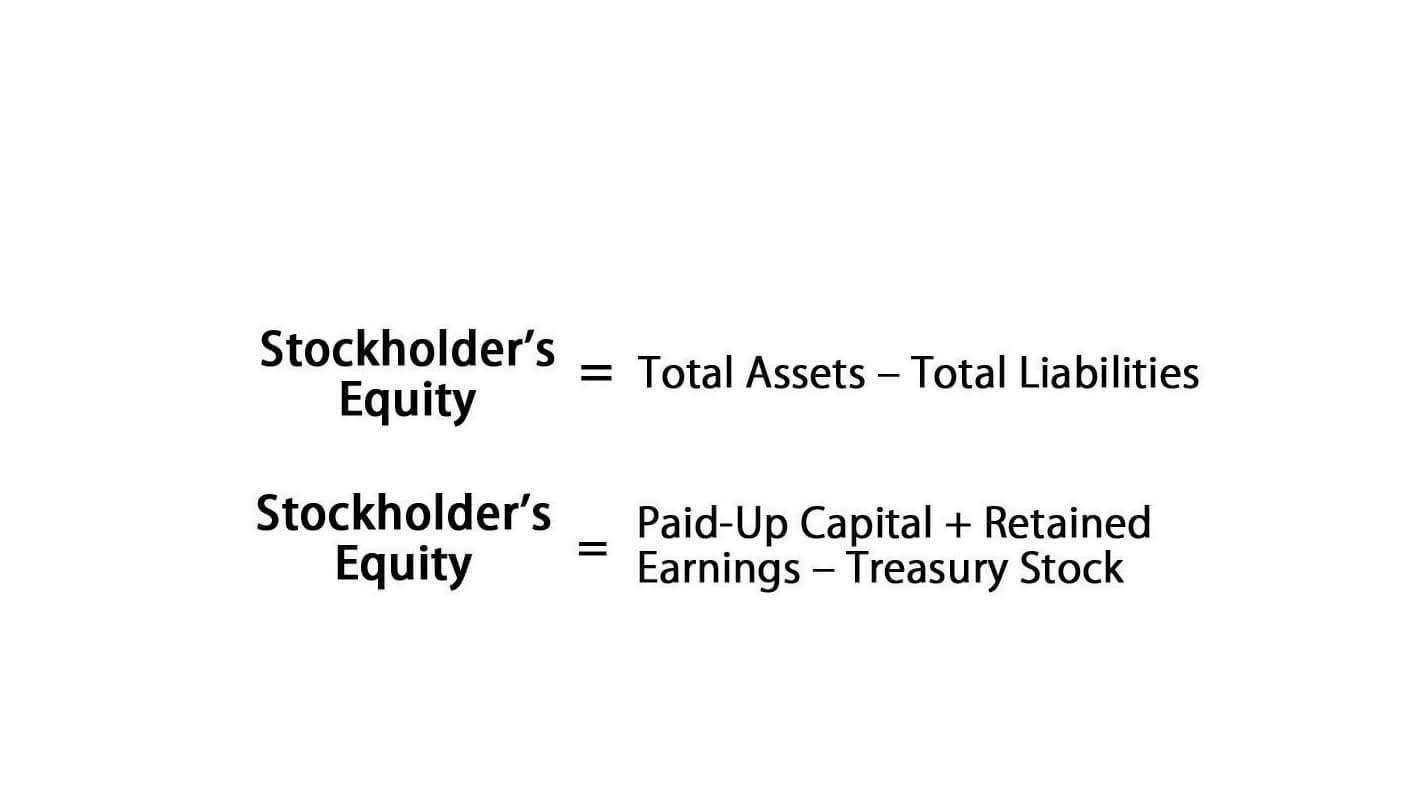What is gross profit and how to calculate it + examples

Low or negative gross profits mean that costs exceed income and that a company may need contra asset account to reassess its strategy. Net profit calculations include revenue and Cost of Goods Sold, as well as fixed costs like Administrative Costs and Salary. Net profit also includes all other expenses involved in running a business, such as advertising costs and taxes. COGS (cost of goods sold) includes all of the costs Garry incurred in manufacturing and selling his sunglasses—including production and direct labor costs and material costs. After reviewing his expenses for the year, Garry determined his COGS is $650,000. A company’s gross profit is not just for reflecting on the profitability of a company—you can also use it to increase profits.
What is your current financial priority?
Sandra Habiger is a Chartered Professional Accountant with a Bachelor’s Degree in Business Administration from the University of Washington. Sandra’s areas of focus include advising real estate agents, brokers, and investors. She supports small businesses in growing to their first six figures and beyond. Alongside her accounting practice, Sandra is a Money and Life Coach for women in business.
Profit vs. profitability
(150) The accounting function helps businesses determine the cost of goods sold and gross profit. Gross revenue is the sum of all revenue a business generates, before deducting COGS. This is different from gross profit which calculates how much a business profits after the cost of goods is deducted from the revenue. Gross revenue is also called gross sales or gross income, all of which are one and the same. For every dollar of sales, Outdoor Manufacturing generates about 19 cents of gross margin. The gross profit formula helps you identify cost-saving opportunities on a per-product basis.
- Gross profit is a good indicator of a company’s profitability, but it is important to understand its limitations.
- Gross profit is an important calculation because it allows businesses to track their production efficiency and profitability over time.
- Sales revenue is the total income generated from selling your products or services.
- Gross profit considers variable costs, which vary compared to production output, but does not take fixed costs into account.
- The right expense-tracking software can help you catch costly production components that may impact your gross profit.
- (169) The gross profit margin is calculated by subtracting the cost of goods sold from total revenue.
Complex Sentences With „Gross Profit“

(99) The company’s gross gross profit in a sentence profit margin has been steadily increasing over the past year. (76) The ratio analysis showed that the company’s gross profit margin had decreased. (74) The income summary account is used to calculate the gross profit of a business. (68) The company’s gross profit was lower than expected due to a decrease in sales. (65) A company with a high gross profit margin is more likely to attract investors. (62) The gross profit margin for the company was higher than the industry average.
- (46) The gross profit margin is a key indicator of a company’s financial health.
- Cost of goods sold includes the cost of inventory sold to customers or the cost of services provided, like materials, tools, freight, and labor, incurred while generating revenues.
- Because the expenses that factor into gross profit are inevitable expenses, investors consider gross profit a measure of a company’s overall ability to generate profit.
- For instance, a shoe manufacturer produced 10,000 shoes in one quarter, and the company paid $10,000 in rent for the building.
- Whereas gross profit is the sum of how much a business profits after deductions are accounted for.
Formula for Gross Profit
The price increase should be made by considering the inflation of the product, competition, demand and supply, quality of the product, and unique selling points. For instance, a company may invest their cash in short-term investments, which is also a form of income. Gross profit also allows you to understand the costs needed to generate revenue. Gross profit, also sometimes referred to as gross income, is revenue minus cost of goods sold (COGS). Gross profit is the difference between the amount of sales made during a period and the cost of those sales. A complex sentence with „Gross Profit“ contains at least one independent clause and at least one dependent clause.
- (216) The management team used vertical analysis to evaluate the impact of changes in pricing on the company’s gross profit margin.
- (54) The cost of goods sold is subtracted from revenue to determine gross profit.
- (126) The company’s gross profit margin remained stable despite a decrease in overall sales.
- (57) A higher gross profit margin allows for greater reinvestment in the business.
- It also assesses the financial health of the company by calculating the amount of money left over from product sales after subtracting COGS.
- The expenses that factor into gross profit are also more controllable than all the other expenses a company would incur in its overall operations.
Businesses typically analyze their supply chain profits using gross profit, while operating profit is used to measure the company’s overall operations efficiency. Because operating profit uses gross profit to calculate profitability, it’s measured after gross profit is determined. Operating profit is another term that seems similar to gross profit, but they measure very different things. Gross profit measures a business’s profit after deducting COGS, whereas operating profit measures a business’s profit after deducting all operating expenses.
At the end of the year, Garry determines the company’s annual revenue for the year is $850,000. (233) The CEO announced that the gross profit had exceeded expectations, but the shareholders were still concerned about the company’s long-term sustainability. (231) The CFO explained that the gross profit had been impacted by unexpected expenses, but the company was still on track to meet their annual targets. (223) The company’s gross profit was higher than expected, but the marketing team was concerned about the negative feedback from customers. (215) The CEO announced a new cost-cutting initiative to increase gross profit, which was met with mixed reactions from employees. (206) Despite a decrease in sales, gross profit remained steady; however, the company’s cash flow was negatively impacted.

(35) The profit-and-loss statement revealed a decline in gross profit margin. (32) A higher Bookkeeping for Chiropractors gross profit margin can lead to increased shareholder returns. While you’ll always use the same formula to calculate gross profit, measuring profitability is more fluid, and you can express it in multiple ways. For instance, XYZ Law Office has revenues of $50,000 and has recorded rent expenses of $5,000.

Sentences Using „Gross Profit“

By providing context, comparing it to other metrics, and using it in questions or presentations, you can effectively communicate financial information to others. On the other hand, net income is useful when determining whether a company makes money when taking into account administrative costs, rent, insurance, and taxes. Net income is also referred to as „the bottom line“ because it appears at the end of an income statement. It includes all the costs and expenses that a company incurred, which are subtracted from revenue.
